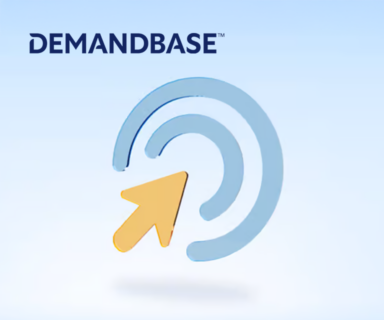 It seems that wherever you look, you will run into the latest business buzzword—storytelling. But is storytelling just a fad or does it have a practical role when your demand-gen model shifts from lead-based content marketing to ABM?
It seems that wherever you look, you will run into the latest business buzzword—storytelling. But is storytelling just a fad or does it have a practical role when your demand-gen model shifts from lead-based content marketing to ABM?
I am here to tell you that storytelling is not a fad. In fact, humans are hardwired for story. For millennia, people have used stories to communicate, make sense of the past, and predict the future. Information woven into stories is more memorable. And crucially, shared stories play a role in group identity and cohesion, from the family level right up to the level of the nation.
If you can identify an account’s shared story, and then align your story with theirs, you will earn their trust, and your product and brand will make sense to the stakeholders in the account. If you rely solely on figures and product features, you won’t make an impact on the emotional, human level.
What Happens After Account Discovery?
The promise of ABM is that it narrows the top of your funnel from individual, unqualified leads to hand-picked accounts that have shown purchase intent in your market.
When you’ve done your homework upfront, you’ll have three essential things you need for ABM success—you’ll know the right accounts, the right decision-making stakeholders, and the right time to engage with them.
Once you’ve done all the work to narrow your account list and identify all the key stakeholders, you face a new problem. What’s the most effective way to engage these stakeholders to win new business?
That’s where personalized content—and storytelling, specifically—comes into the ABM picture.
Storytelling: Personalized Content with Purpose
At the most basic level, a story is a quest: a protagonist with a pain-point pursues a goal. The pain-point could be external (a competitor) or internal (outdated systems). The goal is the elimination of the pain-point. Personalized content that taps into the stakeholder’s story has always been a critical aspect of ABM. You dig into the pain points and challenges (the story) of each individual decision maker and deliver content that addresses those concerns. That shows the stakeholder that you get it: you understand what they want and what’s standing in their way. This display of understanding builds trust and moves the stakeholder closer to choosing your solutions at the point of purchase.
But the target of ABM should be the buying group, not the individual. So it’s not enough to have personalized content for individual stakeholders. You need every piece of content to fuel a unified vision within an account. To do this, you need to understand the account’s shared story. What are their shared pain points? How do you present your solution as the treasure map or magic wand that can help them fulfill their quest?
If you can get a feel for the account’s shared story, you’ll be able to position yourself as the Obi-Wan Kenobi, Morpheus, or Gandalf, bearing the tools and expertise that will lead them to victory.
Leverage Purchase Intent to Tell the Stories Your Products Alone Cannot
The unfortunate reality of B2B is that the best product doesn’t always win out. You could have the greatest feature-set in the world—but if a competitor is winning customers over with powerful stories, you’ll have a hard time breaking through.
Take advantage of storytelling as a practical piece of ABM. Give your personalized content a unified purpose that drives action at the purchase point.
To learn more about how you can use real purchase intent insight to better personalize your content and approach with target accounts, please reach out to us today.




